Festivals - FCAD 223: Our interview with Karl Lagasse
By Mulder, Deauville, Hôtel Barrière Le Royal, 06 september 2023
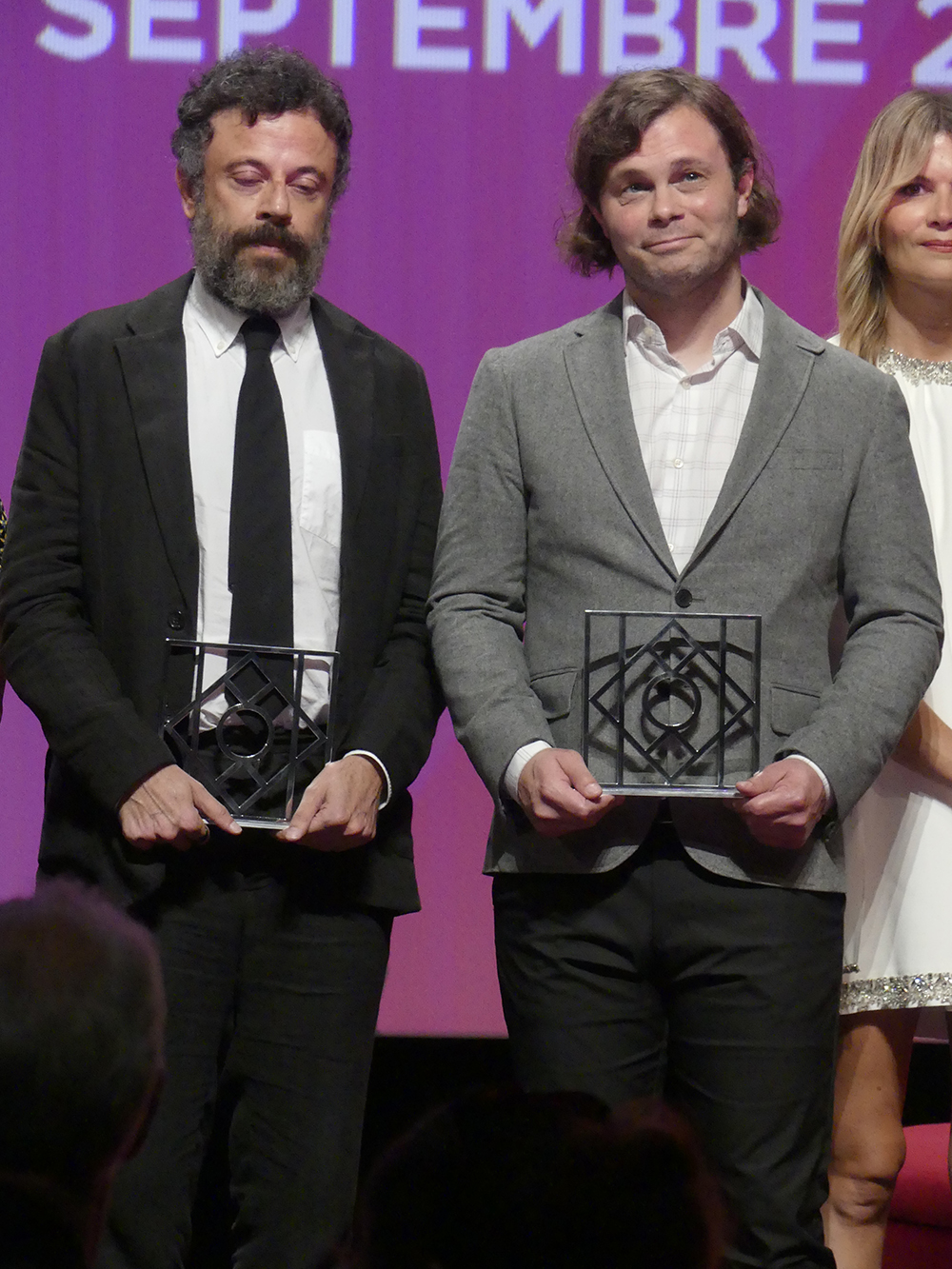
Karl Lagasse is a celebrated French artist born in Paris on April 4, 1981. He has had an indelible influence on contemporary art thanks to his boundless creativity and unwavering dedication. He was raised in a family of artists between Paris and Deauville, Normandy. His early passion for art was nurtured by a chance encounter with the famous sculptor César. Karl Lagasse's lasting impact on the contemporary art world, combined with his unwavering passion, determination and undeniable talent, is a constant source of inspiration for generations of artists to come. His remarkable contribution to the Deauville American Film Festival and his influence on the world art scene make him an outstanding French artist.
As part of the Deauville American Film Festival, we spoke to him and asked him a number of questions:
Q: How did you feel when you were chosen to create the trophy for such a prestigious film festival as Deauville ?
Karl Lagasse: I've been passionate about cinema ever since I was a child, and beautiful images are works of art. I felt a lot of emotions, a sense of consecration, to have the chance to make the trophy for this festival. You should know that I went to school in Deauville, and one of my works can be seen at the entrance to the town.
Q: Can you tell us about the initial concept or idea you had for the design of this trophy ?
Karl Lagasse: The idea behind this trophy is a continuation of the other trophies I've designed for the festival. We reworked the barrier, the beach hut where stars put their names, directors, actors and so on. We reworked it so that, when you look at the front of the trophy, you can read the "C" for cinema, the "H" for hope, the "D" for Deauville. These messages are incorporated into the trophy, in the triangles from left to right.
All the years of work of the actors, directors and people who receive it, are represented and evoked in the trophy.
Q: The trophy features words such as "Hope", "Wisdom" and "7th Art". What do these words symbolize in the context of the festival and your art ?
Karl Lagasse: Forgive me, these words are incorporated on the first trophy I made in 2017, which was awarded to Morgan Freeman, Jessica Parker, Robert Pattinson, and Laura Dern. They received this trophy, the bulding version of which was installed at the entrance to Deauville. This cryptogram includes all the words I sculpted in 2017-2018. On the new trophy, the letters are not inscribed directly, they are more hidden, symmetrically hidden or just evoked with letters.
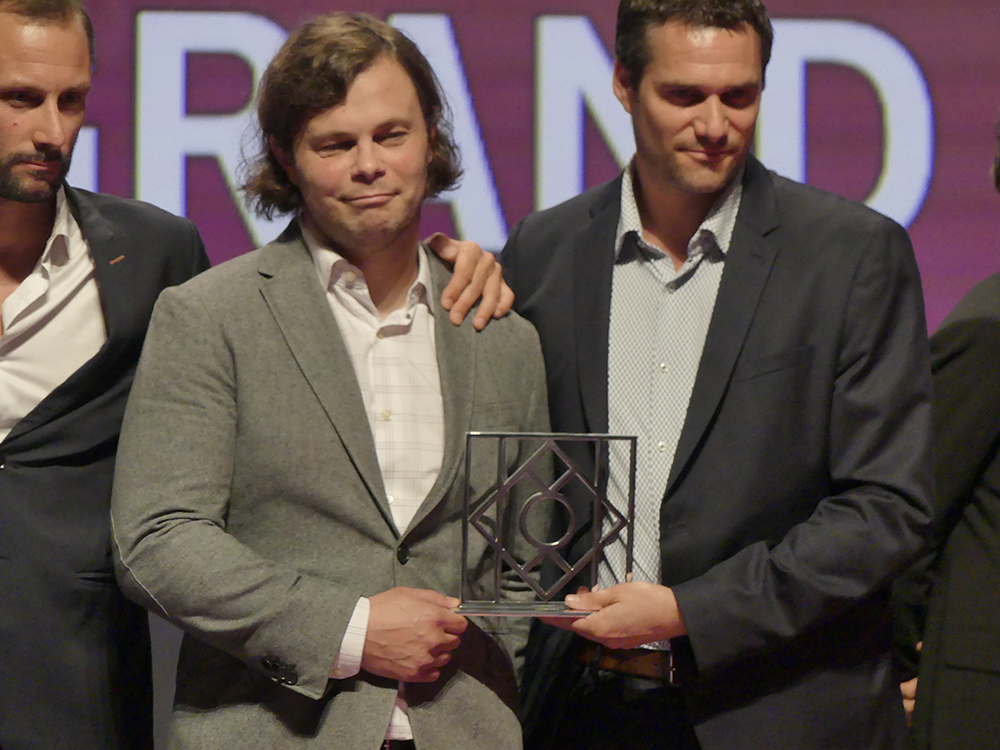
Q: What message or feeling do you hope the Deauville American Film Festival winners take away with them when they receive this trophy ?
Karl Lagasse: I think that the Deauville American Film Festival winners, who are sensitive to art, are overwhelmed by a sense of accomplishment when they receive a work of art by an artist as a trophy. Because, above all, we experience the same feeling, the same magic, the same journey, the same hopes; behind the films we can see or behind the studio execution of a piece like this in mirror polish, there's a lot of work, it's still art.
Q: Your art often conveys messages and emotions. What do you want people to feel or think when they see your work, including the Deauville trophy ?
Karl Lagasse: Well, I'd like them to feel the faith, my faith, the positive energy I try to convey through each work, the messages of hope. I often say during my work: "In God we trust! Robbing a bank is easier than being an artist". Those are the messages.
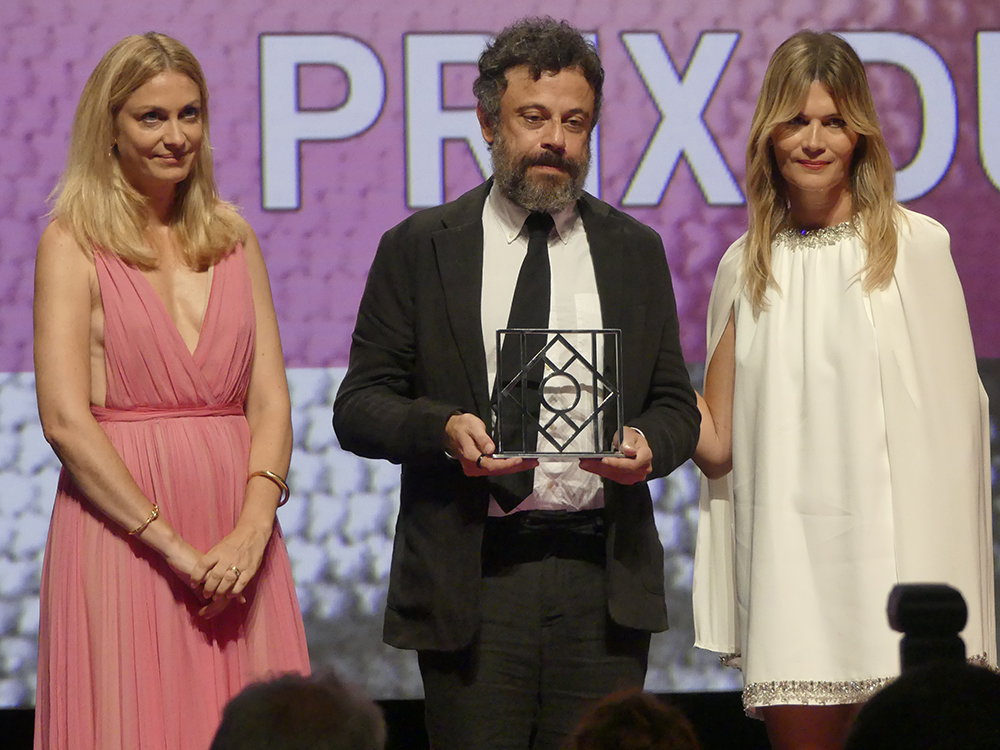
Q: How have your Franco-American origins influenced your style and artistic choices ?
Karl Lagasse: My first trip to New York was when I was 7, and it really opened my mind. My wife is American, so I only became an American last year. But I've been working on the dollar bill sculptures since 2009. I'm very inspired by the '80s. I have memories of graffiti in the metro in the '88s. We were all into hip-hop culture, dancing at Châtelet at the time, breakdancing. We watched everything American, like rap in France, all the movements of the time. The contemporary art of graffiti comes from the United States, in fact the first tagger in the metro was Taki 183 at the time.
Q: Can you tell us about your early experiences with graffiti and tagging in the Paris metro? How did these experiences shape your artistic career ?
Karl Lagasse: We started doing graffiti back in the 80s. We were a bunch of taggers, graffiti artists, dancers and rappers, and we moved around together in the metro. I've always done graffiti and collages, because my mother was into collages. I was lucky enough to meet and be influenced by Mimmo Rotella, who made torn posters. When I went to Vasarely's son's studio, which was at the Bastille, and showed my collages, they said to me, "Look, you do beautiful graffiti, you should combine your collages with your graffiti". It was in this gallery that I had my first exhibition in Paris in 2003, with canvases of my graffiti and collages.
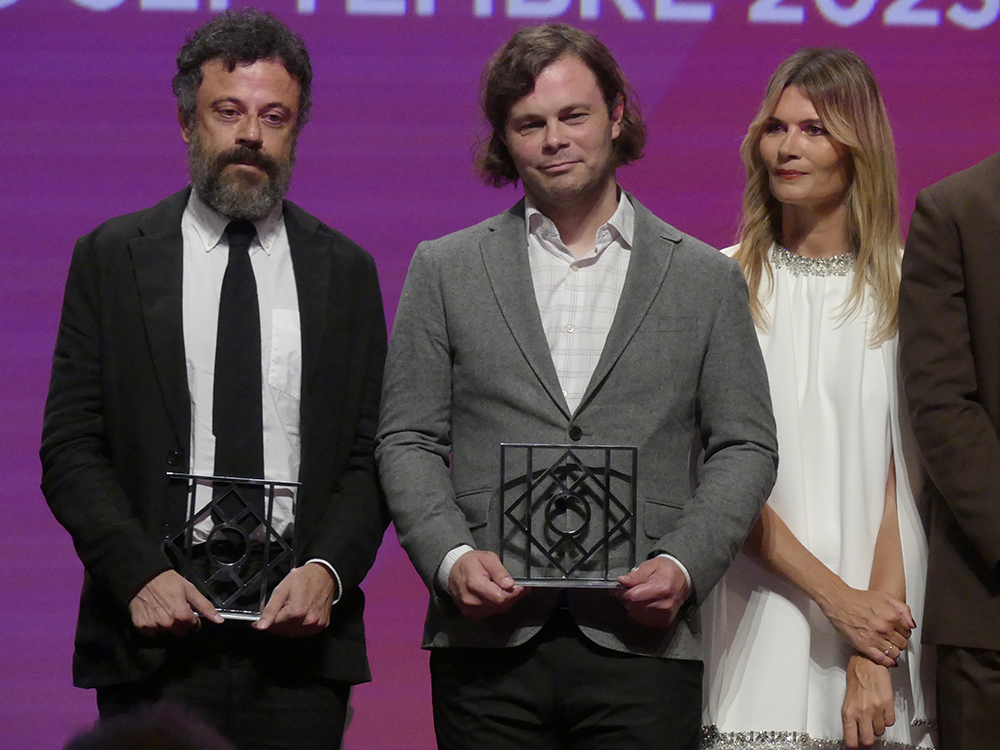
Q: You mentioned your meeting with the famous sculptor César, who encouraged you to pursue your artistic path. Can you tell us more about this encounter and the impact it had on you ?
Karl Lagasse: Meeting César was a bit magical. I'd always grown up with César's compressions around me. I met César in front of my house, and he used to come round. I was skateboarding at the time, and I was 7 or 8 years old. I was very small, playing with the compression he had around his neck, looking at it, fascinated. Watching what I was doing, he encouraged me. When you're a child and you have a gentleman like that encouraging you, it leaves a mark. Those are magical moments, everything is multiplied when you're a child and, like a dream, it leaves a mark. I've left an incredible mark!
Q: Your Buildings series is known for its totem-like sculptures inspired by New York skyscrapers. What attracts you to this architectural form, and what do these sculptures represent for you ?
Karl Lagasse: The idea came to me while watching Les Nuits Blanches on TV. I really wanted to find my style in sculpture. It's the construction that attracts me, that's what I like! Building a piece like this takes about two months' work: I used glass, wood, cement and photo collage techniques for this work. You have to cut each glass tile by hand, which is a really big job, because there are thousands of glass tiles for this work. It's a really long construction job, which I like. It's a bit like in life, when you work on yourself, building and seeing the result, it's a bit like a work of art. It's a bit like a work of art. When you create it, at first it's nothing, just bits of wood, bits of glass, cement. Then, after a lot of work, it comes to life. It's a bit like a human being who works on himself, who improves, and after a while sees the result. Creation brings us closer to the Lord, since he himself is the creator.
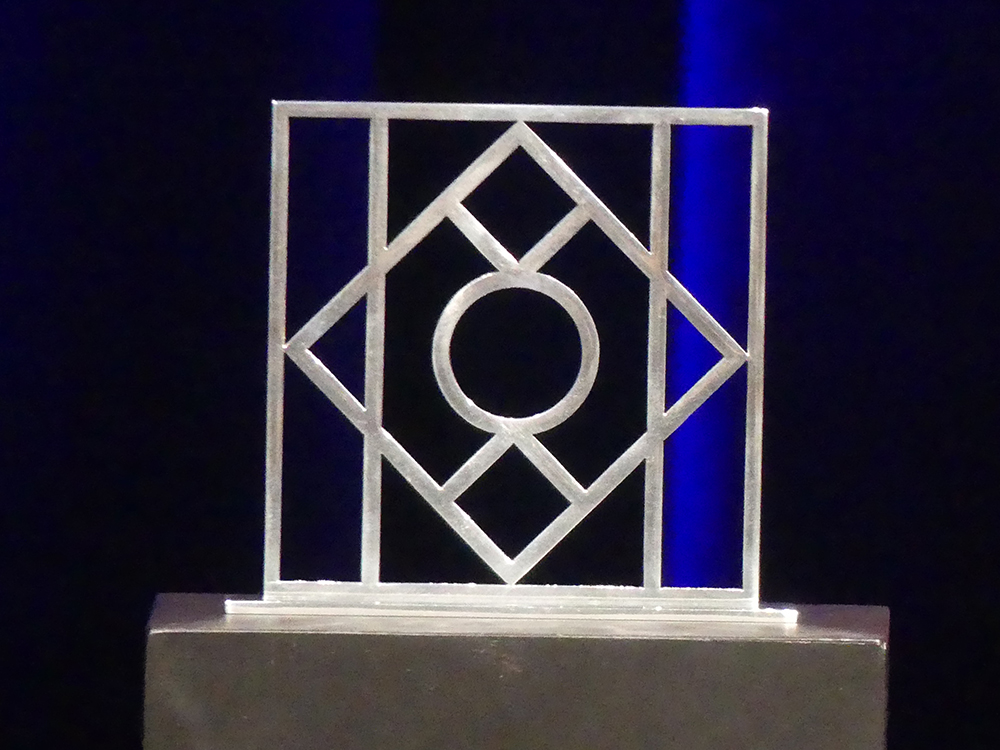
Q: You've worked with a variety of materials, including wood, glass, cement and bronze. How do you choose materials for a specific project, and what role do they play in conveying your message ?
Karl Lagasse: The choice of materials is important, as techniques vary according to the materials used. Bronze is cast in foundries, in bronze foundries. I'm not the only one working on a bronze piece. There are craftsmen, there's a whole team, depending on the size of the work.
Q: Cryptogram One is described as an "interactive" vertical work. Could you tell us more about the interactive aspect and the significance of the interweaving of letters and numbers in this work ?
Karl Lagasse: Cryptogramme is a work based on old printing letters, cast in bronze. At the time, this was what was used to print the letters, which gives the work a very old-fashioned, futuristic look. I tried to make this work with coded messages. There are several words inside the work, such as "revelation", "hope", "together in God", "more love", "unity", "idea", positive words. As I've already mentioned, this work is installed at the entrance to the town of Deauville, and I also have another in Texas, in Austin.
Q: Your works often convey messages of peace and love. How do you hope your art will help promote these values in the world ?
Karl Lagasse: I hope that art can change the world and change people's minds. This desire is expressed by many street artists, who produce very strong, committed works that awaken consciences and awaken people. After that, everyone sees a work of art differently, depending on their ability to project themselves into it.
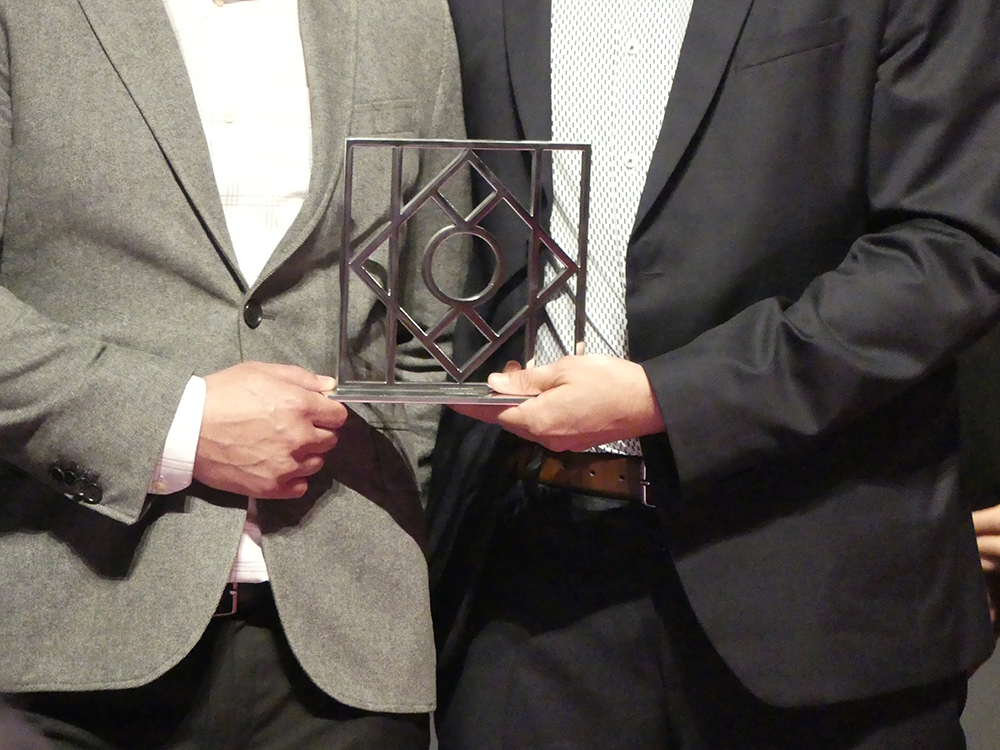
Q: How do you reconcile your various artistic activities, from sculpture to photography to metaphysical painting ?
Karl Lagasse: There are periods for painting. For the past three years, I've been painting every day. At the same time, I do sculpture. When I'm on the move, when I have a striking photo to take, I do it. I've always reconciled all these things. In fact, there's an anecdote about a photo exhibition I did at the Espace Pierre Cardin in 2006. I had an aluminum photo that fell on the floor and got damaged. I folded it up and made an original sculpture out of it. It was dead, but a work of art can't die! Eventually, this folding marked all my dollar bill sculptures.
Q: Can you share a memorable anecdote or experience ?
Karl Lagasse: I was selected to work on a Maserati Ghibli for the brand's 100th anniversary, 1914 to 2014, at Art Paris 2014. It was 6 a.m., the car had to be painted, and I had no room for error. Because it's a painting you can't take back. I knew what I had, the colors, the materials, but I didn't yet have the direction. My movements, dictated by my inspiration, produced an unprecedented work, which was very popular. It was exhibited at the Italian Embassy in Paris and at Art Paris in 2014 at the entrance to the Grand Palais. The experience and collaboration with the brand, which was intended to be unique, was then renewed for a second year, for Art Paris 2015.
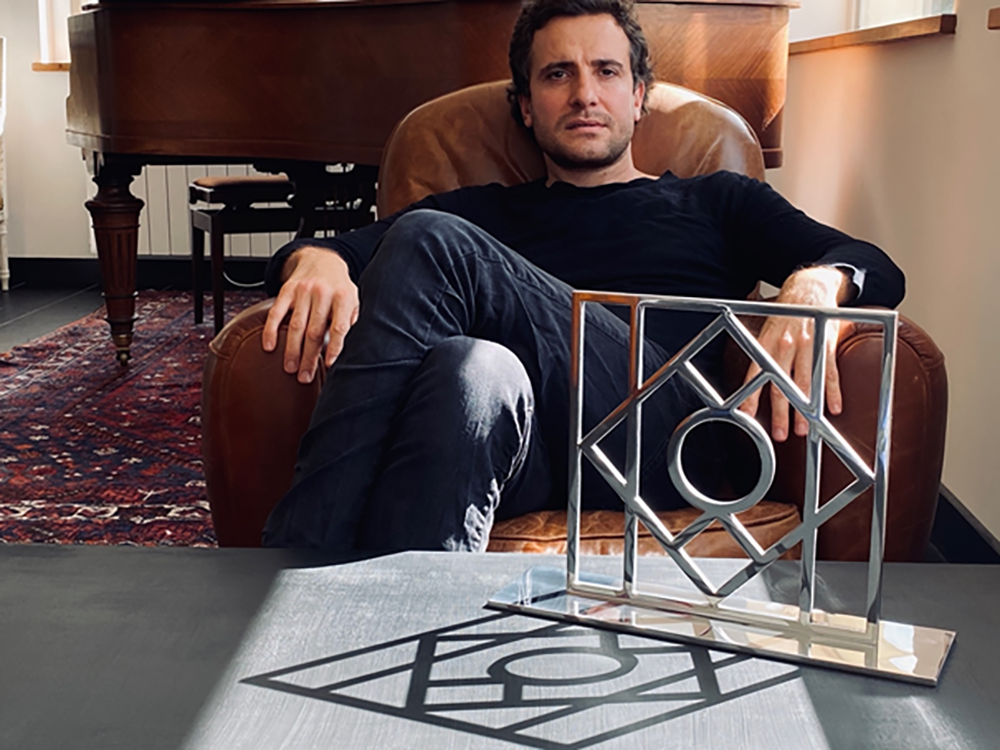
Q: What advice would you give to young artists starting out on their artistic career ?
Karl Lagasse: My advice to young artists would be to find their style, to search. The first piece of advice I'd give them would be to learn the techniques of materials, colors, different styles of painting. Technique is very important. For example, before making my building sculptures, I learned the mosaic technique. I used this technique in my own way. It's important to look for your own style, to find your own style. I can advise them to learn techniques and keep going. The most important thing is not to give up. I was lucky enough to have a brother, now sadly deceased, who was an art dealer, and who told me that the most important thing is to keep going. I would also advise them to go and visit contemporary art museums wherever they are in the world, to look at nature, the beauty of trees, landscapes, the sky. That's what I'd advise them to do: look at the beauty that surrounds us, soak it up and transcribe it.
Many thanks to Karl Lagasse for answering our questions.
Photos: Boris Colletier / Mulderville (except last photo)

